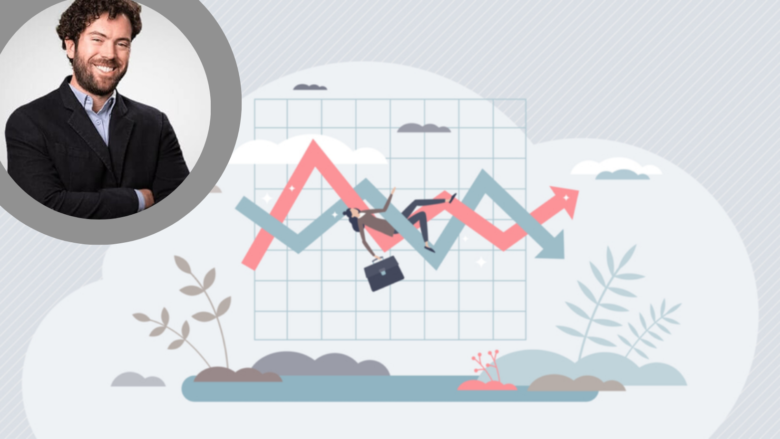When the market gets bearish, how do you react? Staying steady during unstable times is also a crucial part of investing. However, if the market becomes unsteady and you have yet to take the necessary precautions or know how to stay calm, you might make bad decisions.
Lance Ippolito is a top trader and investor. Below, Lance Ippolito shares how he stays steady as a trader in unstable market conditions.
7 Ways To Stay Steady In A Bearish Market
Diversify To Reduce Risk
The best way to ensure that you are calm during a market crisis is to take preventive actions to reduce risk. A great preventive action is to diversify your investment.
As the popular saying goes, don’t put all your eggs in one basket. I always diversify my investments so that if one is going down, I’m not scared to lose all my funds (eggs) because I know they are not all in that basket.
Don’t Invest More Than You Can Afford To Lose
Another precaution is only to invest what you can afford to lose. If you invest your life savings or funds in something important, there is no way you can stay calm when prices start falling.
So, invest only funds you can afford to lose, as prevention is better than cure.
Don’t Panic
Don’t panic-sell. That has never been the best option for any investor. If you quickly sell off your investments, you’re likely to regret acting emotionally when the market gets bullish.
Focus On The Long-Term Benefits
Focusing on the long term also helps me stay calm in bearish markets. This is because I know that no matter how low market prices get, they will always rise again.
If you wish to avoid investing on a long-term basis, you can invest in low-risk assets and withdraw your funds as soon as it increases. Otherwise, don’t mind the market behavior when it gets scary because it will smile again.
Take Advantage Of Dollar-Cost Averaging (DCA)
The market will always have its bullish and bearish years. However, you can take advantage of dollar-cost averaging by growing your knowledge as a new trader and accumulating an equal amount of shares regularly. You will invest a lower average price per share over time.
This strategy allows you to buy fewer shares when the market prices are higher and more when they become cheaper. Over time, your cost will average, and you’ll have better share entry prices. It is a practical strategy and allows you to trade without emotional attachment.
Keep Investing
Even when the market prices are falling, you should keep investing. It might seem funny, but this would mean you buy more shares at a low price, so when the prices finally rise, you’ll make a great profit.
Buy Defensive Stock
Defensive stock includes bonds or dividend-paying stocks. Defensive stocks offer steady returns regardless of economic fluctuations. If you want to know how to buy premium bonds, start by researching and selecting those with strong credit ratings and attractive yields.
You can also invest in utilities and consumer staples because they perform well even when all others fall. You can invest in them through exchange-traded or index funds or venture into sustainable trading as they offer extra diversity.




